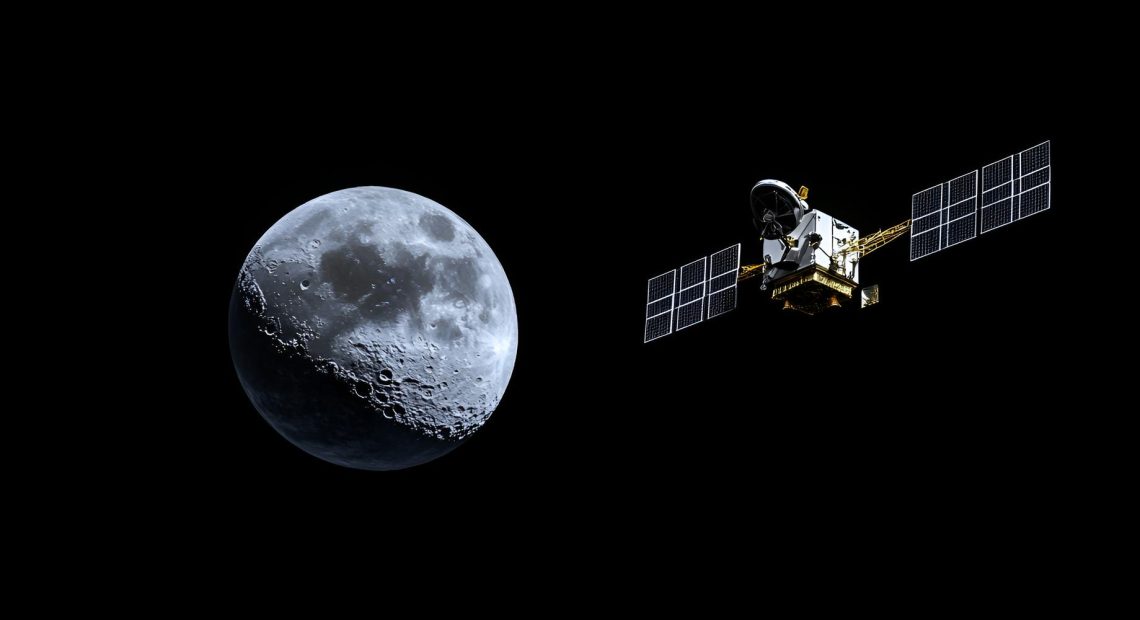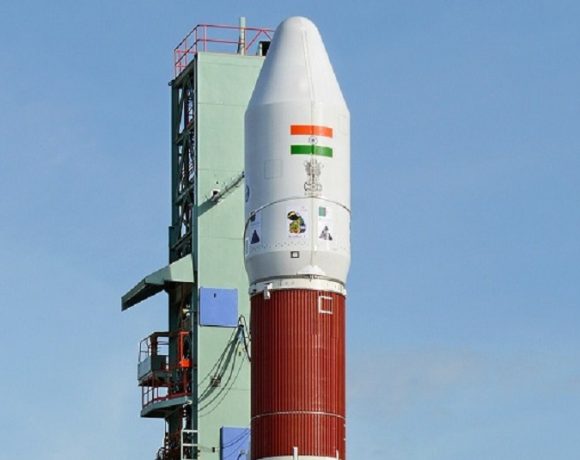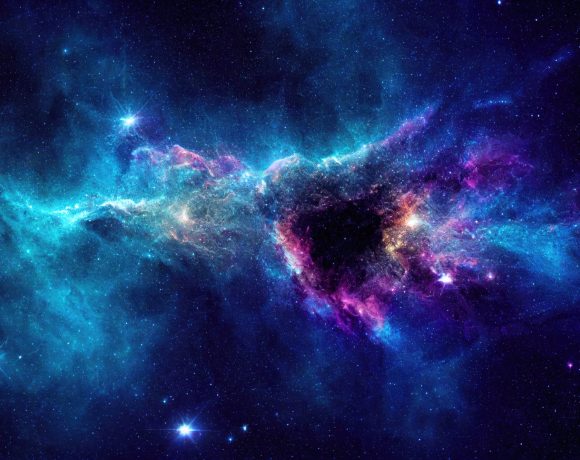
NASA Speeds Up Plan for Moon Nuclear Reactor
NASA aims to place a nuclear reactor on the Moon by around 2030. Interim NASA chief Sean Duffy has directed the agency to fast-track development of a 100-kilowatt reactor. NASA must appoint a project leader and invite proposals from private companies within 60 days.
Why a Nuclear Reactor on the Moon?
Solar panels are not effective during the two-week-long lunar night. A nuclear reactor can provide continuous power for long-term lunar bases, especially near the Moon’s south pole where sunlight is limited but water ice may be present. Reliable energy would help astronauts live and work on the Moon and support future missions to Mars.
A New Space Race Begins
Duffy stressed the need for the United States to be first. If another nation deploys a reactor on the Moon, it could establish restricted zones that limit U.S. access. This urgency reflects growing competition with countries like China and Russia in space exploration.
A Big Project with Challenges
The new 100-kilowatt target is more than double the earlier plan for a 40-kilowatt test reactor. Experts believe the goal is possible but ambitious, given the short timelines and budget limitations. Ensuring safe launch and operation of nuclear fuel on the Moon will be a major challenge. If achieved, it could transform the future of space missions.

















